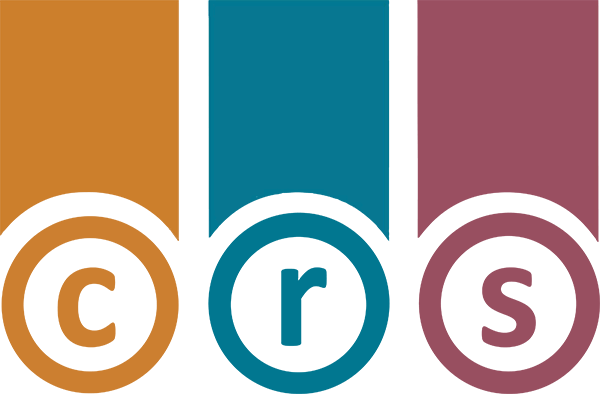Most contractors have a rough idea of what they’re owed. But “rough” doesn’t pay the bills. You need construction debt tracking!
When you add up unpaid invoices, retentions, and jobs where the client’s dragging their feet, the real figure is often bigger than you think. Sometimes a lot bigger.
Why You’re Probably Missing Money
- You’re busy running jobs, not spreadsheets.
- Small invoices slip through the cracks.
- Retentions get forgotten until it’s too late.
- Disputed payments end up in a pile, waiting for “later.”
That “later” rarely comes. Meanwhile, your cash flow suffers.
This is where basic construction debt tracking makes all the difference.
The Cost of Not Knowing
If you don’t know the exact number, how can you chase it? A couple of thousand here, five grand there; before long you could be carrying tens of thousands in unpaid work. That’s money that should be covering wages, paying suppliers, or going into your own pocket. The longer those balances sit unpaid, the harder they become to recover. Construction debt tracking helps put it all in one place, so you know what to act on.
Take Stock: What Are You Really Owed?
We’ve put together a simple worksheet to make this easy. No jargon. No nonsense. Just a place to list everything in one place. Our construction debt tracking worksheet helps you see the full picture and take control. Download the PDF Worksheet and keep it handy.
What to Do Once You’ve Got the Number
Getting the total is only the start. Here’s how to actually use it:
1. Prioritise by Value
– Start with the biggest unpaid amounts. These hit your cash flow hardest.
– Ask yourself: is this client usually slow, or is something new going on?
2. Check Payment Terms
– Go back to the contract or PO. Are they overdue, or are you still inside the payment window?
– If they’re overdue, you’re within your rights to chase immediately.
3. Chase Smart, Not Loud
– A polite reminder email or call is often all it takes.
-Keep a record of every reminder — it’s evidence if you need to escalate later.
4. Tackle Retentions
– Write down every retention and its release date.
– Don’t wait until the last minute. Start chasing a month before it’s due.
5. Sort Disputed Payments
– Identify what’s actually in dispute versus what isn’t.
– Agree to get the undisputed part paid now — don’t let the whole invoice stall.
6. Spot the Patterns
– Are the same clients always on your “unpaid” list?
– If yes, it’s time to tighten your terms with them or rethink whether they’re worth the hassle.
7. Decide When to Escalate
– If polite chasing gets you nowhere, decide on next steps:
Adding late payment charges.
Bringing in a specialist (like us).
– The longer you leave it, the colder the trail gets.
8. Review Monthly
– Don’t let this be a one-off.
– Make filling out the worksheet part of your month-end routine.
That’s how you turn construction debt tracking into actual recoveries!
Why CRS Exists
We know it’s not fun. Chasing debt isn’t why you got into construction. That’s where we come in.
At CRS, we’re specialists in construction debt. We help contractors like you get paid what they’re owed—without burning bridges with clients.
So once you’ve filled in the sheet and faced the number, give us a shout. We’ll help turn those “unpaid” lines into cash in your account.




